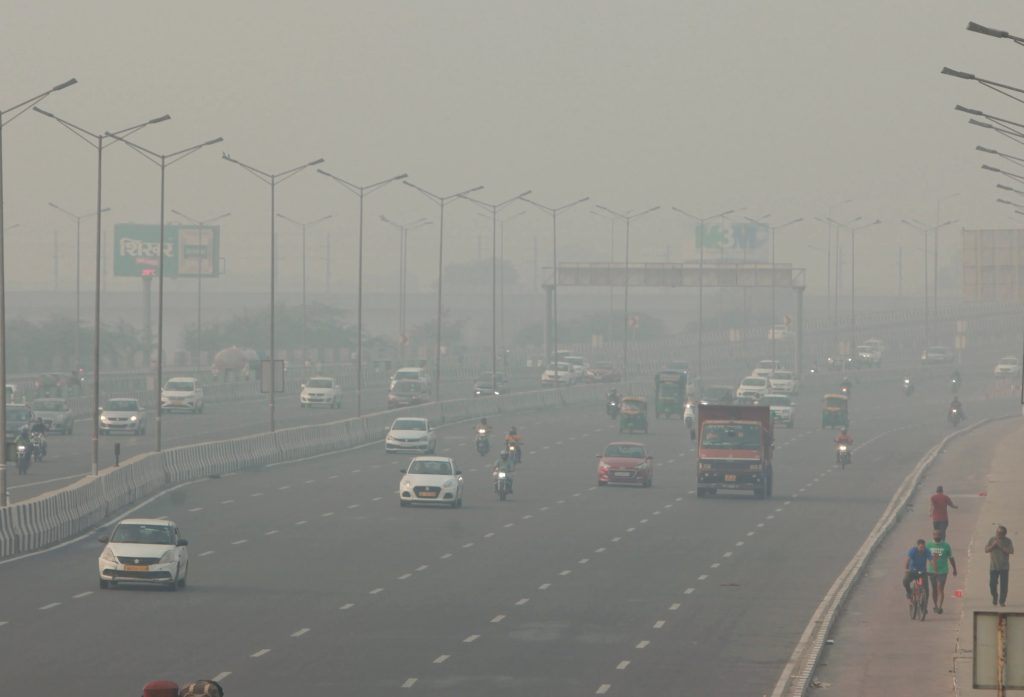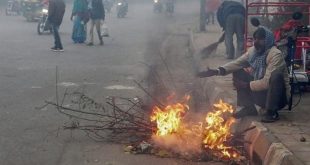
Delhi AQI Today: On the night of Diwali, the air quality in Delhi reached dangerous levels. The AQI crossed 900 in many areas. Despite the ban on firecrackers, firecrackers were burst in the city. According to the Delhi Pollution Control Committee (DPCC), stubble burning and bad weather further increased pollution. The level of pollution in major areas became worrying. This posed a serious threat to the health of people suffering from respiratory problems.
Pollution threat in major areas
The Delhi Pollution Control Committee (DPCC) has identified areas like Anand Vihar, Wazirpur and Vivek Vihar as pollution ‘hotspots’, where the AQI level has reached the “critical” category. This increasing pollution is making the city’s air even more poisonous, which is proving to be a major health risk for Delhiites. The increasing amount of small particulate matter is causing a suffocating change in the air.
Know where the air quality has deteriorated
At 6 am, the air quality in many areas of Delhi reached the upper end of the very poor category and was in danger of moving into the severe category. According to the CPCB data, areas like Burari Crossing (394), Jahangirpuri (387), RK Puram (395), Rohini (385), Ashok Vihar (384), Dwarka Sector 8 (375), IGI Airport (375), Mandir Marg (369), Punjabi Bagh (391), Anand Vihar (395), Siri Fort (373) and Sonia Vihar (392) recorded very poor air quality.
Despite the firecracker ban, PM2.5 levels in many areas reached 900 micrograms per cubic meter, 15 times the acceptable limit.
Experts warned that such high PM2.5 levels could pose serious health hazards.
The air quality in Delhi and surrounding areas has reached a very poor state, leading to breathing problems and other health issues.
The government had already imposed a ban on firecrackers, but the ban did not have much impact, and pollution levels saw a sharp increase.
Pollution level increased again on Diwali
Like every year, this time too the pollution graph has gone up after Diwali. In the past years, Delhi’s AQI on Diwali used to be between 312 to 414, and this year it has reached 330, which is much higher than 218 in 2022. These figures show that controlling pollution during Diwali still remains a big challenge.
 Lucknow Press
Lucknow Press
